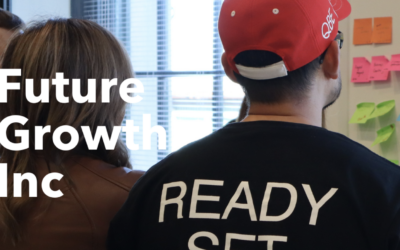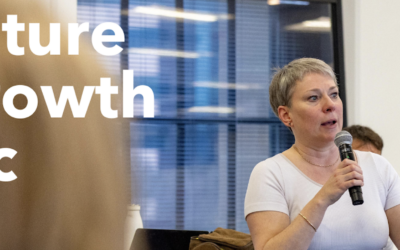There’s a curious division of opinion that has emerged about how innovation can be fostered in organisations. The debate is a classic chicken-egg question; when it comes to facilitating innovation in firms, which comes first, idea jamming or analytics?
Do you cultivate a scenario where an organisation’s stakeholders, partners and customers can get together to conceptualize new products, brainstorm options and develop innovative solutions? Or do you use analytics to identify quantifiable problems and use that data as a targeted innovation development strategy?
It’s worth stating at this point what should be obvious: creativity and innovation are not the same thing. Creative thinking is naturally divergent, enabling exploration and sampling of ideas. Innovation is significant or incremental change to an otherwise stable system. Creativity is constructive, innovation can actually be destructive, but for positive purposes.
Given this destructive/disruptive characteristic, it may be tempting to think that the analytics pathway is the obvious egg (ie: first), while more conceptually-driven innovation development is the putative chicken (yes, from an evolutionary standpoint, the chicken really did come second, folks).
But just because innovation is necessarily disruptive, it doesn’t necessarily follow that the analytics-driven pathway to innovation is the only one businesses should follow.
Conceptually-driven innovation can be just as disruptive. It’s been understood for decades that external evaluation of business processes is often more useful than internal assessment, not just because internal investigations can be subject to bias and subjugation, but also because institutionalised thinking actually limits the perception of operational bottlenecks. But conceptually driven innovation can also be used to identify new products, markets and tools for changing the direction of business, while analytics tend only measure existing operational procedures and market behaviours. This means that an analytics-only driven innovation strategy could well be limiting opportunities for business development.
As the analytics industry matures, we will begin to see more predictive and suggestion-oriented technologies that could challenge conceptualisation-oriented innovation strategies. But as has been noted recently, decisions that can have a major effect on a business, or on the lives of people in a citizenry should not exclusively be determined by algorithms. There will always be a need for human intervention to ensure fairness, and to prevent minor and acceptable data anomalies acting as a trigger for largely unnecessary process innovation.
Business intelligence analytics are best used as a tool; an objective assessment of processes and patterns of behaviour. These trends can then be used as decision support system to guide innovation development. In a corporate context, each new trend effectively acts as a golden decision egg for the firm. And innovation managers need to ask the question, will this egg hatch a chicken, or a snake? And there is of course a third option; should they ignore the egg altogether? While it will certainly be true that some trends identified by analytics should be ignored, the failure of firms to innovate in response to opportunities as they arise will ultimately have a negative impact on competitive advantage.
Of course, the best innovation development combines conceptualisation and analytics. But management of that integrated process may still need to be handled by an external operator to ensure that best practices are observed, and that the political delicacy of a corporate system is maintained. But that is, after all, why companies like this one exist. And disruption is our game. The egg may have come first, but it still needs cracking.



